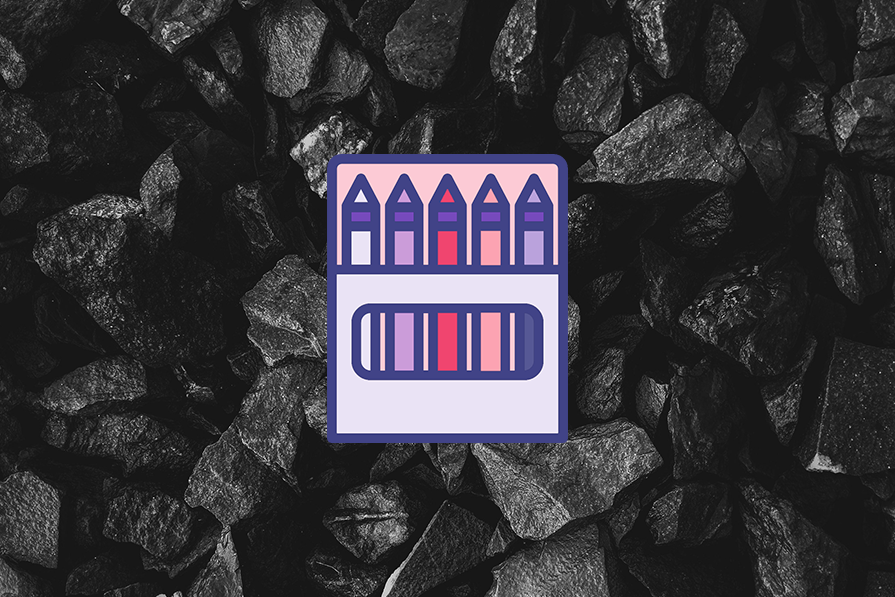Logrocket
3w
162

Image Credit: Logrocket
Linear design: The SaaS design trend that’s boring and bettering UI
- Linear design is a popular design trend, particularly for SaaS products, evolving rather than fading into obscurity, characterized by straightforward, sequential layouts.
- Advantages of linear design include reducing cognitive load, making users less anxious and more productive, increasing conversions, being highly performant, and supporting accessibility.
- However, the oversaturation of linear design can lead to products looking monotonous and lacking variety, making them less visually appealing and enjoyable to use.
- The trade-off for better UX with linear design is the risk of products looking similar, potentially leading to decreased memorability and recognizability due to a lack of unique brand identity.
- While linear design continues to do well, its current form may not be future-proof, with trends likely to evolve towards more individuality and boldness.
- Linear design tips include using dark mode effectively, utilizing bold typography creatively, incorporating complex gradients and bold colors, and considering glassmorphism sparingly for a sleek glass effect.
- The linear design trend emphasizes linearity, with principles like one-dimensional scrolling, aligned text, minimal CTAs, and minimal subject matters contributing to a streamlined user experience.
- Maintaining accessibility in design is essential, and linear designs inherently simplify design, making them easier to make accessible, contributing to better user experiences for all users.
- The future of design trends may involve incremental updates to existing trends like linear design, focusing on quality of life improvements rather than drastic changes annually.
- While linear design has grown in popularity, there is a need for continued improvement to avoid designs becoming too similar, with opportunities to introduce more color, bolder typography, and unique visual identities.
- Linear design continues to be a significant trend, but there is a call for innovation and differentiation within the trend to maintain visual appeal and user engagement.
Read Full Article
9 Likes
For uninterrupted reading, download the app